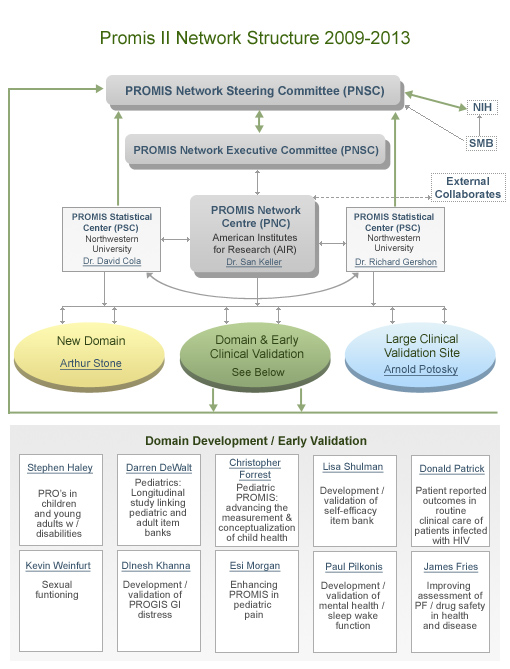

Imagine being able to build a virtual CAD model of an engine, and, by changing a few parameters, being able to alter its displacement, or even its number of cylinders.

To companies such as Deere and Caterpillar, it offered a compelling vision.

The secret to Pro/E’s success was its parametric feature-based solid modeling approach to building 3D models. In 1992, on the strength of its product, PTC walked away with a 2,000 seat order from Caterpillar that Unigraphics had thought was in the bag. Within a few years PTC was winning major accounts from the old-line competitors. To say Pro/E was a success would be a terrible understatement. In addition, the traditional CAD/CAM software of the time unrealistically restricted low-cost changes to only the very front end of the design-engineering process.” And the cost of making design changes ought to be as close to zero as possible. “The goal is to create a system that would be flexible enough to encourage the engineer to easily consider a variety of designs.
#Promis software program plus#
The benefit of this combination is a much friendlier user interface plus an intelligent geometric database.”Īccording to Sam Geisberg, the founder of PTC: The strength of the product is its mechanical features coupled with dimensional adjustability. “Pro/ENGINEER is the best example I have seen to date of how solid modelers ought to work. A couple of years later, Deere’s Jack Wiley was quoted in the Anderson Report, saying: A leading university in France for participation in the Erasmus Mundus program, the University of Bordeaux offers 18 EU-labeled study programs of excellence.The modern era of 3D CAD was born in September 1987, when Deere & Company bought the first two seats of Pro/Engineer, from the still new Parametric Technology Corporation. The university has also developed a wide range of international study programs that are taught in English (or other languages) and that offer students the possibility of studying abroad and/or completing joint or double degrees. Ranked within the top 14 universities in France for the quality of its academic courses and research, the University of Bordeaux was awarded the “Initiative of Excellence” by the French government in 2011, and was one of the first universities to obtain confirmation of this program in 2016. Around 5,900 staff members are employed by the University, of which 3,200 are academic and research staff.

The University of Bordeaux is a multidisciplinary, research-focused, international institution, welcoming more than 56,000 students, of which almost 2,000 are PhD students and 7,200 are international students. The interdisciplinary team of the PROMIS project includes researchers interested in social inequalities, youth and adolescent development, as well as innovative learning environments for the university students. KTU is known for its leadership in scientific research, flexible interdisciplinary study programmes, and linkages with business. KTU offers degrees in technological and natural sciences, as well as social sciences, humanities, and arts. KTU enrolls over 9000 students and has ~1000 academic staff employed over its 9 faculties and 8 research institutes. Established in 1922, Kaunas University of Technology is the largest and oldest technological university in Lithuanian and one of the leading technological universities in the Baltics.


 0 kommentar(er)
0 kommentar(er)
